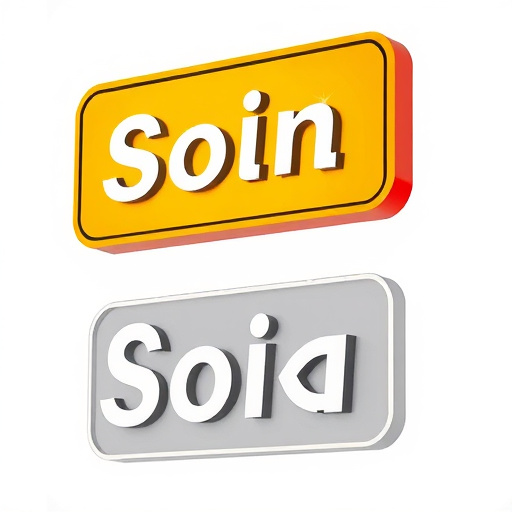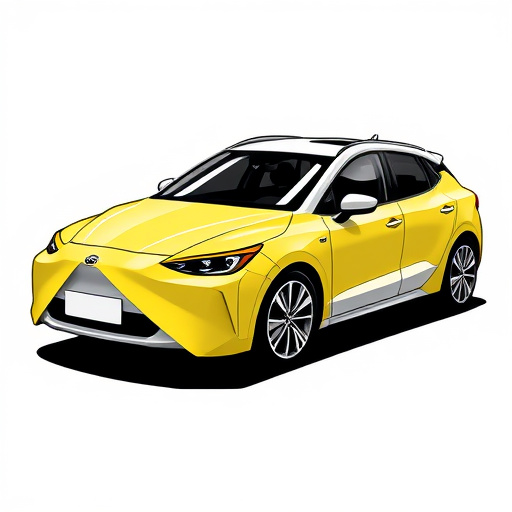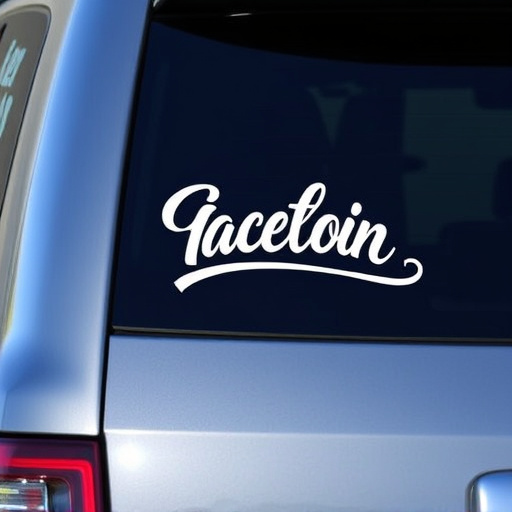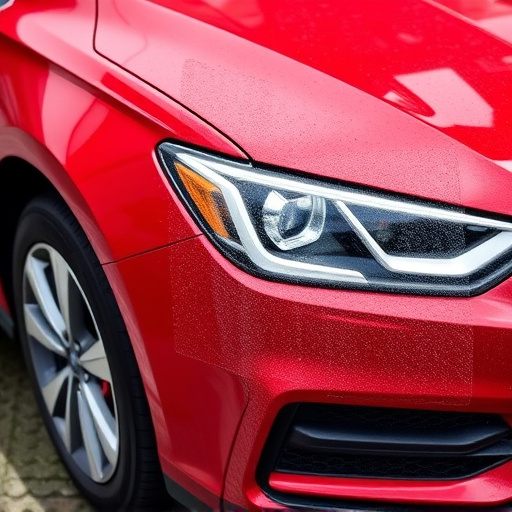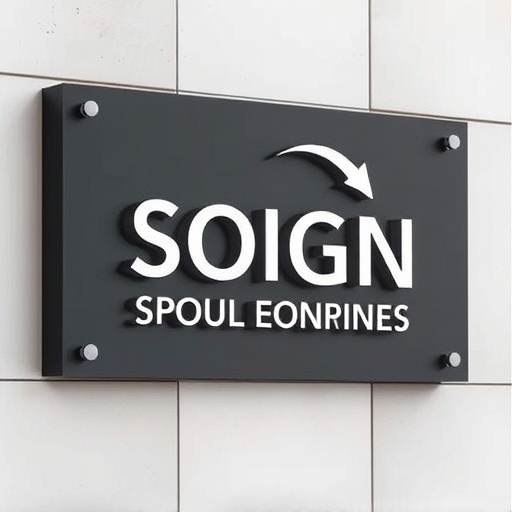Logo design creation involves understanding a brand's core, audience, and culture to convey identity, values, and mission through visual elements like color, typography, and imagery. Simplicity and memorability are key for instant recognition and brand loyalty. Color theory and typography shape visual identity, influencing emotions and expression. Long-term versatility ensures effective communication across media formats.
Unleash the power of visual storytelling with the key principles behind effective logo design creation. From understanding brand identity to harnessing the impact of color theory and typography, this guide explores essential elements for crafting memorable logos. Learn how simplicity and visual harmony can elevate your brand, making it instantly recognizable in today’s competitive market. Discover practical insights to transform your logo design process and create a lasting visual legacy.
- Understanding Brand Identity and Its Visual Representation
- Simplicity and Memorability: The Cornerstone of Logo Design
- Color Theory, Typography, and Their Impact on Logo Creation
Understanding Brand Identity and Its Visual Representation

A logo is a powerful visual symbol that encapsulates a brand’s essence and serves as its enduring representative. Understanding brand identity is paramount in the logo design creation process. It involves delving into the core values, mission, and target audience of a company to create a unique and memorable visual identity. A well-designed logo doesn’t just look appealing; it effectively communicates the brand’s story and promises to its customers. It needs to resonate with the intended demographic and reflect the company’s culture and personality.
In the realm of logo design creation, it’s crucial to consider how visual elements like color palettes, typography, and imagery align with a business’s professional ppf installation or vehicle enhancement services (or other relevant offerings). For instance, a paint protection film manufacturer could incorporate sleek, modern designs that underscore their commitment to innovation and quality. Conversely, a company specializing in eco-friendly products might opt for organic, earthy hues and minimalist graphics to convey sustainability. The goal is to create logos that double as effective marketing tools, fostering brand recognition and loyalty over time.
Simplicity and Memorability: The Cornerstone of Logo Design
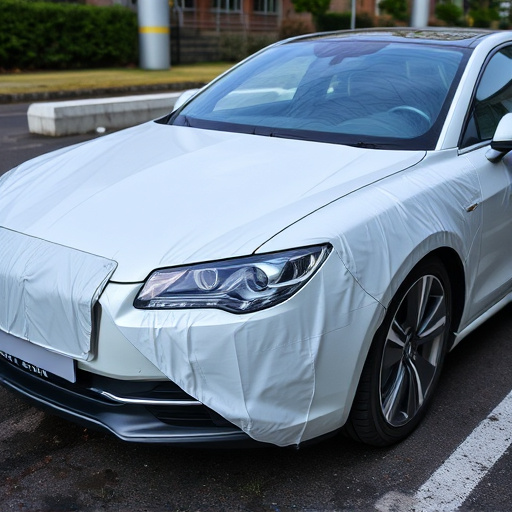
In the realm of logo design creation, simplicity and memorability stand as the cornerstone principles. A successful logo must be instantly recognizable and easily remembered by your target audience. This doesn’t mean it should lack detail or complexity; rather, it requires a delicate balance where every element serves a purpose. Minimalist designs, while appearing simple, often employ clever use of negative space, bold colors, or geometric shapes to create a visually striking and memorable image.
When crafting a logo, keep in mind that less is indeed more. A clean, uncluttered design not only catches the eye but also enhances brand recognition. This is especially crucial in today’s digital era where branding extends beyond physical products to online platforms. Furthermore, consider the long-term impact and versatility of your design. A well-conceived logo should effectively convey your brand’s essence and be adaptable for various applications, from professional PPF installations providing UV protection and scratch protection to promotional materials and digital media.
Color Theory, Typography, and Their Impact on Logo Creation

In the realm of logo design creation, color theory and typography are two fundamental elements that play a pivotal role in shaping a brand’s visual identity. Color, much like ceramic window tinting that enhances a vehicle’s aesthetics, can evoke specific emotions and convey messages subconsciously. Warm tones might suggest energy and approachability, while cool colors can communicate calmness and professionalism. Balancing these hues effectively ensures the logo resonates with the target audience.
Typography, akin to applying a custom vehicle wrap, is the art of selecting and arranging fonts. The choice of font can instantly convey the tone and personality of a brand. A clean, modern typeface might represent innovation, while a classic, serif font can exude tradition and reliability. Integrating these typographic elements seamlessly into the logo design process helps create a lasting impression, making it stand out from the competition, just as a unique ceramic coating does for a car.
In the realm of logo design creation, mastering key principles is essential. By understanding brand identity, leveraging simplicity and memorability, and harnessing the power of color theory and typography, designers can craft logos that effectively communicate and resonate with audiences. These fundamental elements ensure that a logo not only stands out but also becomes an enduring symbol of a brand’s essence.








